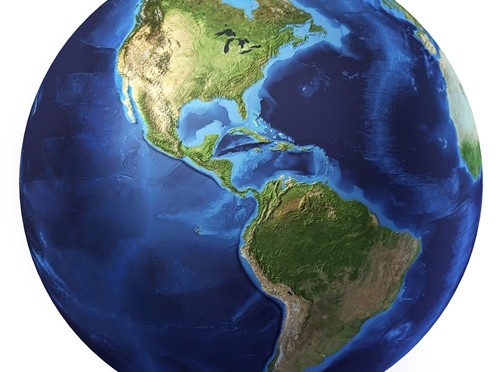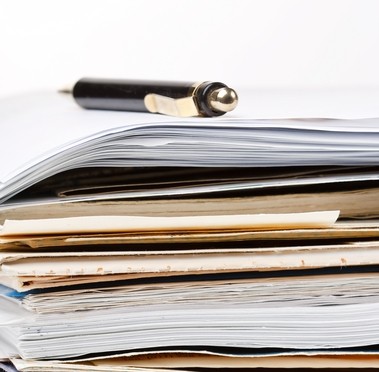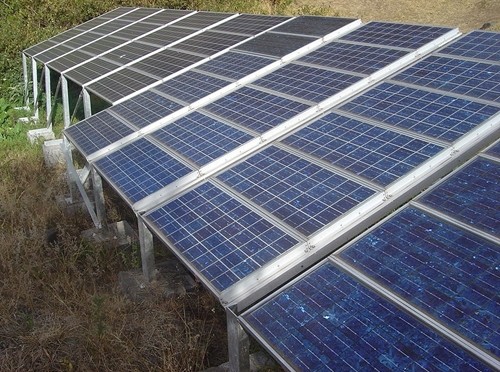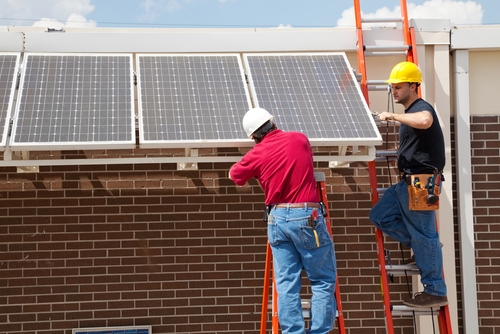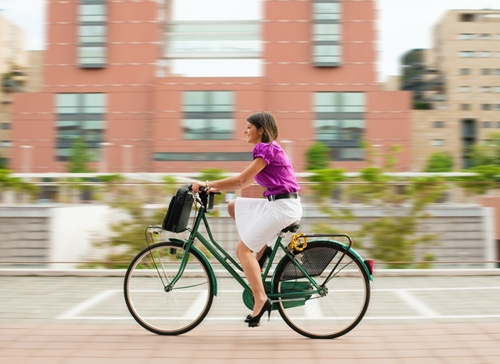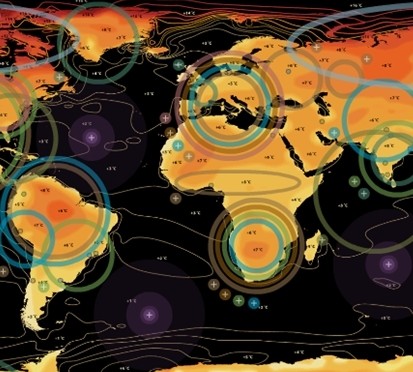When it comes to protecting earth's natural resources, we all have to do our part. And as technology becomes more advanced, it may help us work our way through the planet crisis.
With this in the forefront of their minds, an Arizona State University graduate and professor launched a social media app aimed to inspire people to take action to improve the conditions of planet earth.
The app is called "eEcosphere," and it encourages collaboration between individuals on everything from heavy climate change topics to sustainability tips. More specifically, eEcosphere enables people to share and comment on one another's suggestions on articles like "how to do your laundry better" and "3 ways to reduce your impact when eating out."
"Sustainability is a human challenge," George Basile, co-founder of eEcosphere and a professor at ASU's School of Sustainability, told Arizona Central News. "It's a human problem. The social feature really builds on the idea of helping people, thereby helping global challenges."
The eEcosphere app lets you exchange action-worthy ideas with your friends and adopt the ones that connect with you. It can even help develop and materialize ideas by linking one another with the resources and people that can make it happen. The app also partners with business, sustainable operations and government entities to enrich content.
For example, the U.S. Department of Agriculture provided information about flowers specific to each region, so users could figure out what to plant in their areas.
Andrew Krause, app co-founder and an ASU graduate, said his goal is to disseminate information on environment friendly concerns that can allow people to do things in their everyday routine – which often add up being the most impactful – more sustainably.
He said climate change is a pervasive issue for everyone, especially the Millennial generation. That's why Krause figured the technological platform of an app would be suitable.
Ilchi Lee, an advocate of a sustainable world, couldn't agree more with Krause's principles. Lee constantly drives home the point that we are all part of this world together – and we are all earth's citizens. When it comes to climate change and lack of natural resources, the boundary lines between communities, states, countries fade away. There is only one group, and that is us.
